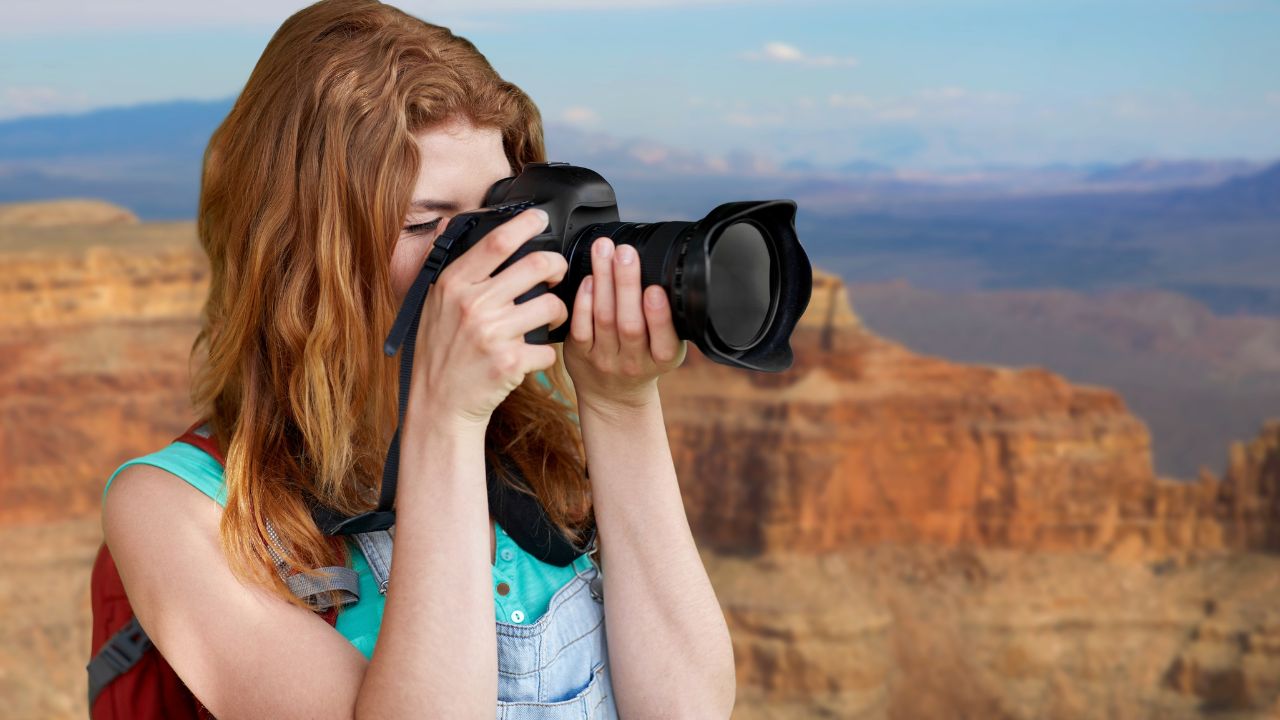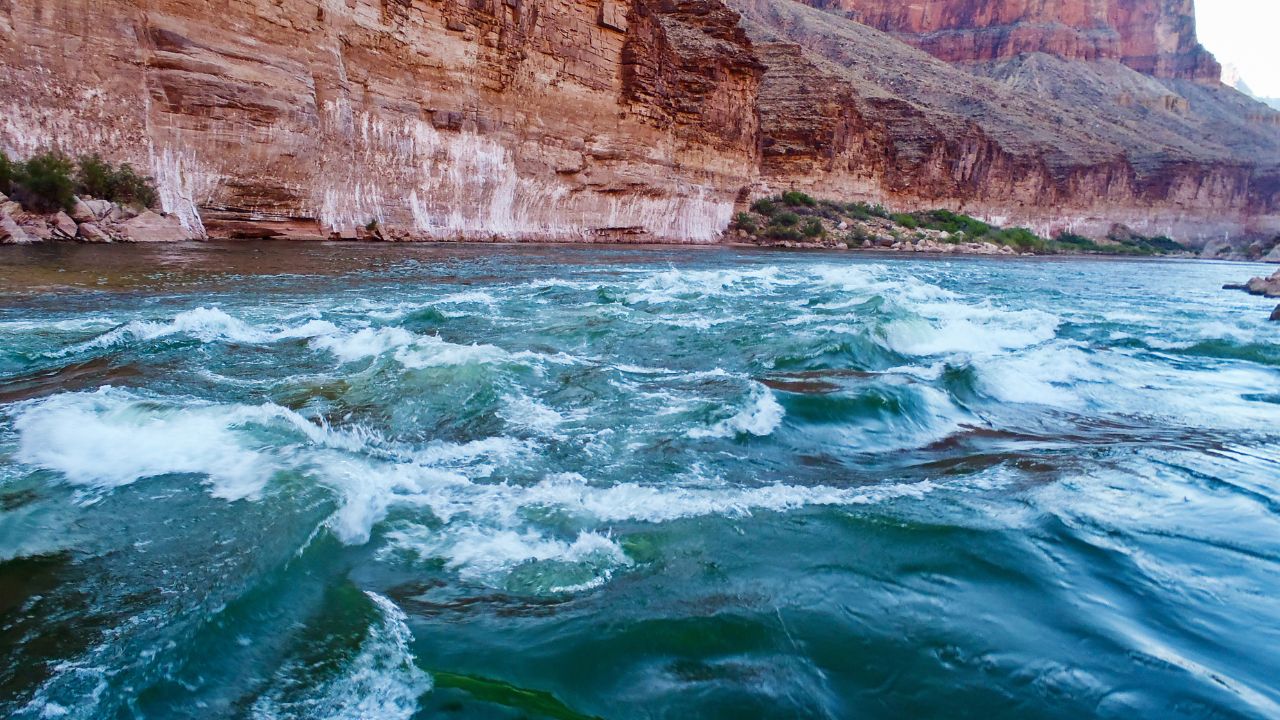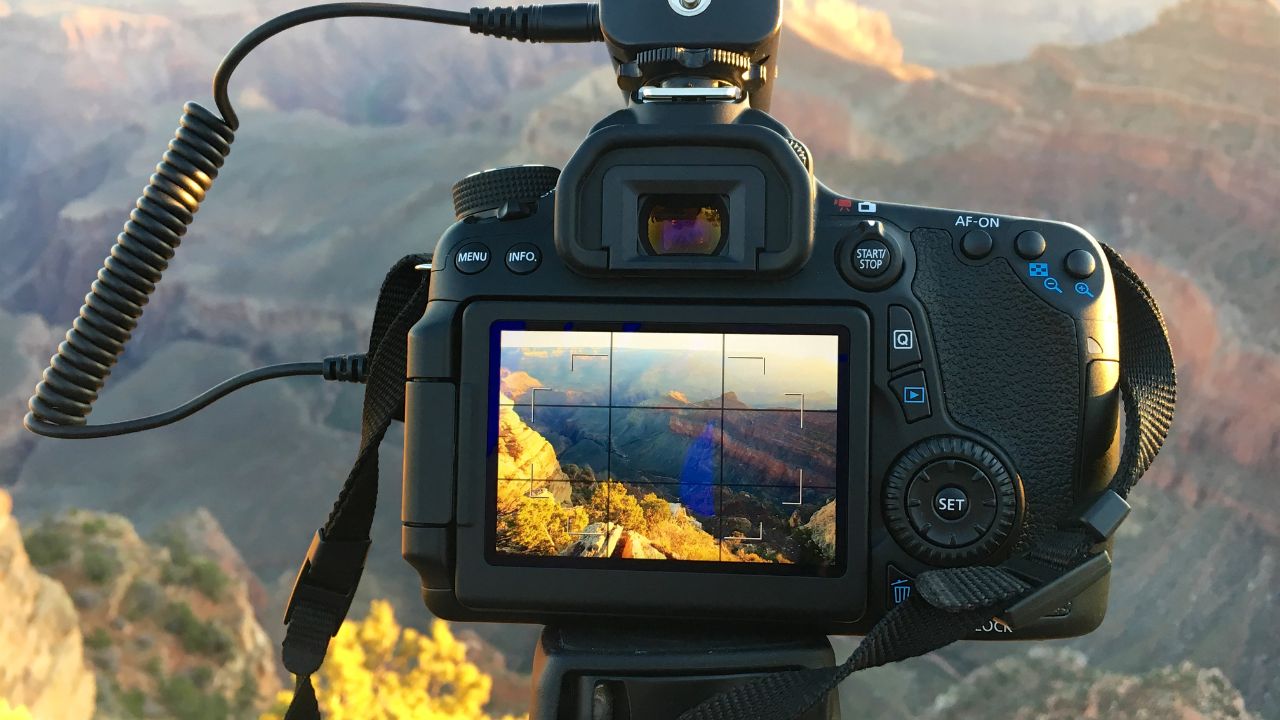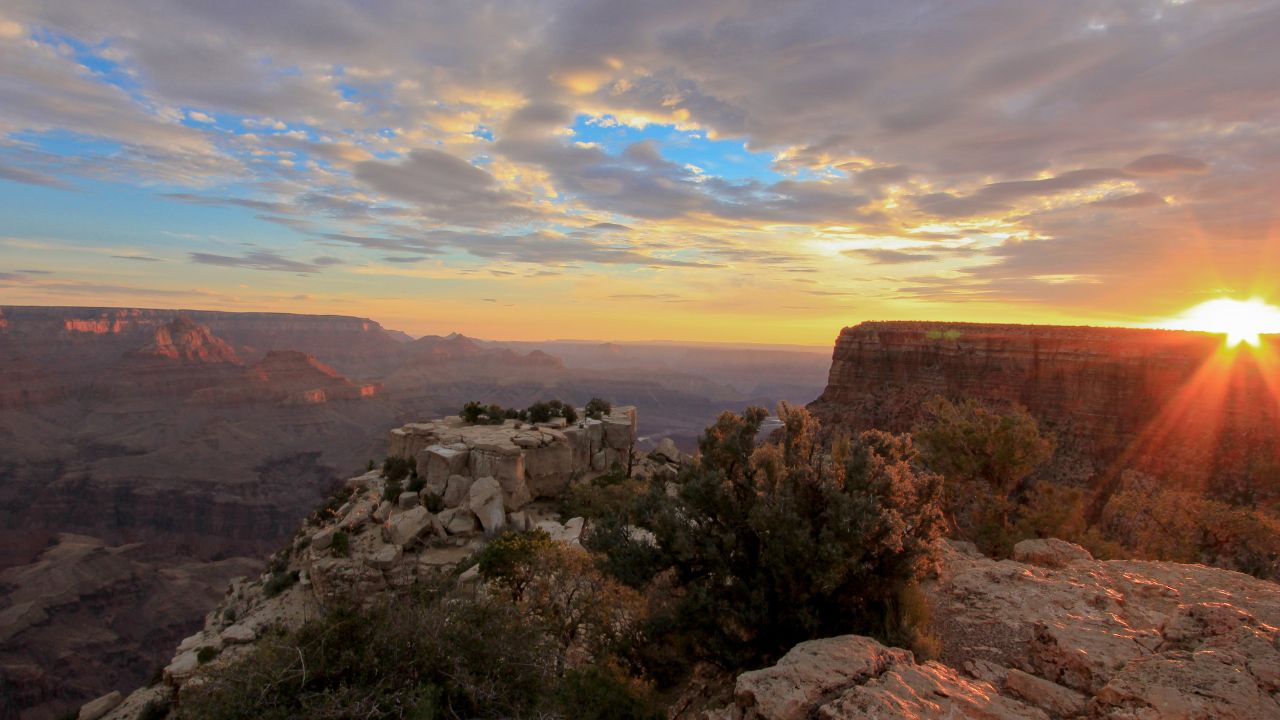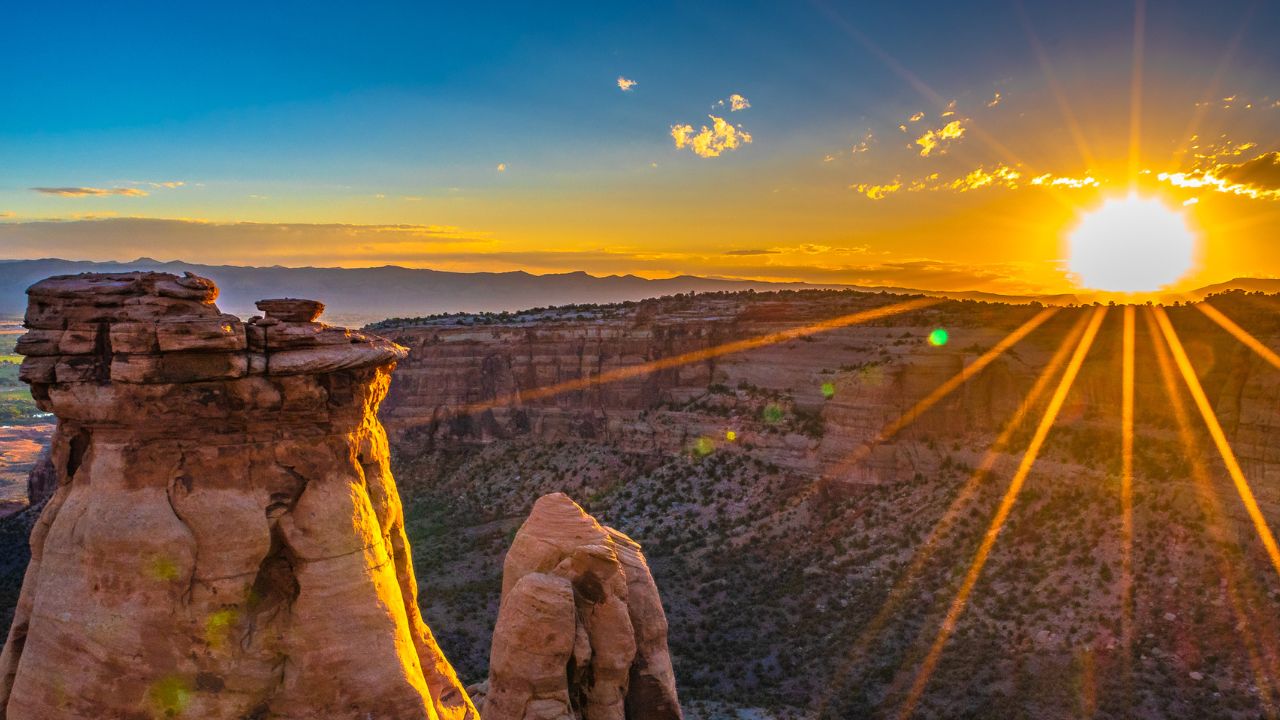
Ever wonder how to capture the roaring majesty of the Colorado River as it carves through towering canyon walls? How about snapping that perfect sunrise shot, where light paints ancient rocks in hues unimaginable?
You'll learn what camera gear can withstand water and dirt and discover unique photographic opportunities at places like Lava Falls or Inner Gorge. Imagine dealing with dark shadows cast by enormous rock formations without breaking a sweat or creating silhouette portraits against bright skies effortlessly. We're talking about turning challenges into stunning images here!
The world's most dramatic river expedition deserves nothing less than your best shots. Are you ready to dive in?
Mastering the Art of Grand Canyon Photography
The captivating geological variations of the Grand Canyon, crafted by millions of years of erosion, serve as a picturesque backdrop for photographers. But what's behind these beautiful formations? Let's explore how river cuts, salt deposits, and big rapids enhance your photographic journey.
"The Grand Canyon offers different photographic experiences depending on the rocks the river is cutting through." - A seasoned canyon photographer
Every geological formation in this majestic landscape holds its charm and presents unique opportunities to capture stunning images.
Getting Ready for Your Grand Canyon Rafting Tour
The prospect of a rafting expedition in the Grand Canyon is thrilling. Starting from popular raft trip launch points like Phantom Ranch, you're all set for an unforgettable journey. But what about capturing these precious moments? Let's dive into some handy whitewater rafting camera tips.
"Choosing the right gear and understanding how to use it effectively can make or break your photographic memories."
- An avid rafter and photographer
A successful photo shoot during your rafting or river trip depends heavily on selecting appropriate equipment. Compact digital cameras with high-resolution capabilities offer quality photos without adding unnecessary weight.
If action shots are more your style, consider using a GoPro camera due to its versatility and durability. For those leaning towards professional photography, mirrorless cameras give excellent image quality while being lighter than traditional DSLRs. Don't forget waterproof cases.
Don't Be Afraid To Get Your Feet Wet (And Your Camera Gear, Too)
Sometimes, even a single-use waterproof camera is better than anything, especially for river trips like these. You'll witness that at Lava Falls, seeing how varied geology can create dramatic visuals. This site at river mile 179 along the Colorado River displays dark basaltic lava remnants contrasting with lighter-colored surrounding rocks - an ideal spot for capturing contrast-filled shots.
On another note, if you're navigating some big rapids around the Inner Gorge area, where towering cliffs are formed from ancient Vishnu Schist and Zoroaster Granite – be ready. It’s perfect for high-drama landscapes or action photos.
Keeping your camera gear safe (especially electronics and camera batteries), clean, and in good shape is critical to top-notch performance. You don't want malfunctions or poor image quality from dust stuck in sensitive areas. A light gust of air to remove the dust and a gentle cleaning with a delicate cloth can make all the difference.
Capturing Big Rapids: The Perfect Moment Matters
If there’s one thing that gets hearts racing during any Grand Canyon National Park rafting expedition, it has got to be its famous big rapids. Each rapid has its character depending upon water level fluctuations due to seasonal changes, which affects their visual appeal, too. Capturing these requires impeccable timing skills; popular ones include Hermit Rapid (Mile 95), Crystal Rapid (Mile 98), and Lava Falls Rapid (Mile 179).
Embarking on a Grand Canyon rafting expedition is an adventure like no other. Many photographers have seen that over the past several decades. To capture this experience, you'll need the right camera gear to withstand water and dirt while delivering high-quality images.
"The best camera for your whitewater rafting trip isn't necessarily the most expensive one. It's the one you're familiar with."
- Adventure Photographer
In essence, familiarity trumps features when choosing your non-expensive DSLR camera or mirrorless model. The more comfortable you are with adjusting settings such as shutter speed or switching between modes, the better prepared you'll be to snap those perfect shots amidst all the action. Hopefully, your favorite photography instructor gave you some lessons on using it.
Protecting Your Photography Gear during Your Rafting Expedition
A rough river ride calls for strict protection measures. Floating straps offer security by preventing any accidental drops into the river from turning into total losses.
But let's not forget about small waterproof camera cases - they shield against moisture damage and physical impacts. A waterproof case gives photographers peace of mind to focus on framing their next shot instead of worrying about potential mishaps.
Besides safety equipment, consider space limitations aboard rafts when deciding which accessories to bring. For instance, wide-angle lenses may be better for commercial day trips than multiple heavy telephoto lenses due to weight restrictions.
Lenses: Wide-Angle vs. Telephoto?
A wide-angle lens will serve you well if expansive vistas are what you're after in your photographs. Yet, don't discount the value of having a telephoto option handy, especially if wildlife photography is part of the agenda. Close-ups of condors soaring overhead or majestic bighorn sheep perched precariously on a cliff edge become possible without approaching too closely.
Action Shots: Capturing Whitewater Thrills
Here are a few tips on capturing the best whitewater thrills during your Grand Canyon river trip:
-
Burst mode or continuous shooting function allows multiple frames per second - perfect for catching that split-second action amidst chaotic rapids.
-
Vary perspectives by switching between close-ups and wide-angle views; keep moving subjects within the frame during rapid sequences.
-
Different angles will bring out unique aspects of each moment – don’t be afraid to experiment.
-
Mornings after sunrise or evenings before sunset—often called golden hours—are ideal for stunning photographs at Phantom Ranch because of their dramatic lighting conditions.
-
Plan things so you know exactly where the sun will rise/set relative to your location within the Grand Canyon National Park.
-
Capturing the majestic beauty of river landscapes can be tricky, but it's all part of our adventure.
The vast landscapes and roaring rapids of a Grand Canyon rafting expedition offer countless opportunities for breathtaking photography. But how can you ensure your photos truly capture the majesty of this natural wonder? Let's explore some techniques.
"The grandeur and scale are emphasized by shooting from a low position, making towering canyon walls appear even more imposing against the blue sky backdrop."
- An avid landscape photographer
Though often overlooked by novice photographers, salt deposits are indeed adored by professionals. They add texture and depth to your photographs. Intriguing white patches amidst red-brown rock faces along various parts of the Colorado River banks make them excellent subjects for close-ups or abstract compositions when photographed creatively.
Techniques to Enhance Your Landscape Shots
Your camera body position is an essential aspect that impacts your shot significantly. For instance, shooting from a higher vantage point lets you include detailed features such as river rapids or wildlife onshore in your frame.
A stable grip on your camera ensures sharp images—a lightweight travel tripod could be handy here. Applying the rule of thirds principle, which divides your frame into nine equal sections, helps achieve balanced compositions with the horizon line. It's always a good idea to place points of interest at intersections or along these lines rather than centering them directly.
This technique can create more visually appealing and dynamic photographs. You can learn more about the rule of thirds principle here.
Nailing Perfect Timing for Your Shots
Morning light offers softer tones, adding depth to every element in sight—the perfect time for great photos. Evening sunlight casts longer shadows, enhancing texture details on canyon walls—an entirely different mood.
On the other hand, the midday sun may cast harsh overhead shadows, obscuring detail clarity—here's where fill light comes into play. Using flash appropriately during daylight hours preserves color fidelity while ensuring foreground subjects remain adequately illuminated amidst stark backgrounds like azure skies above precipitous cliffsides.
Wait, there's more than framing the pic. Adjusting for changing light and weather conditions is vital, too. Hang in there and wait for that perfect moment - great photos are worth the patience.
Tackling Tough Lighting Conditions During Your Grand Canyon Rafting Trips
The towering canyon walls often cast long shadows that make your photographs look underexposed. But don't worry. For this situation, there are techniques to help you achieve better results.
If your camera is equipped with HDR, take advantage of it. This feature combines multiple photos at different exposures into one image for better lighting balance. Check out this Masterclass on how HDR works.
In addition to HDR mode, manually adjusting your ISO settings could help, too. A higher ISO allows more light onto the camera sensor, which might illuminate those darker areas within the rock chasm or other shadowy places without causing any unwanted noise or graininess in your images.
Capturing Action Shots Amidst Rapids
River rapids are where most of the action happens during a private trip - but they're also one of the most brutal scenes to photograph due to rapid movements and potential camera shake. Here's what you can do:
-
Use Fast Shutter Speeds: A faster shutter speed freezes motion even amidst high-speed action scenes like navigating through river rapids or shooting rafts in motion.
-
Predict Movements: Anticipate actions before they happen – watching rafters' movements closely will give you time to prepare and focus on where their next move will likely occur, thus enabling you to capture sharp images amidst the chaos.
-
Burst Mode Shooting Technique: This involves taking several pictures per second, giving you a greater chance at securing the perfect shot amidst tumultuous activity.
As your trip leader would say, always have your life jacket on!
Capturing Dynamic Sunrise Scenes
A sunrise over the Grand Canyon is a scenery that is nothing short of surreal. The break of dawn illuminates rock chasms with hues ranging from mystical purples to fiery oranges, painting a dreamlike landscape just waiting to be captured through your lens.
To ensure you get the best shot, scout your location before your commercial raft trips start. Look for spots offering unobstructed views across expansive stretches of the south rim of the canyon and consider elements like cliffs, river cuts, or bends that can add depth and interest to your composition.
Shooting directly into the rising sun might lead to underexposed landscapes due to the high contrast between bright skies and dark rocks. But fear not. Using graduated neutral density filters or bracketing exposures for proper exposure and later blending in post-processing can help overcome this challenge.
Creating Silhouette Portraits Against Bright Skies
A silhouette portrait beautifully conveys emotion while highlighting form and shape. During your whitewater rafting trip through the Grand Canyon, early morning or late afternoon hours provide perfect backlit conditions, allowing striking silhouette portraits against vibrant skies.
To achieve this effect successfully requires understanding how camera exposure works: You need an intense source of light behind passengers but also ensure they're darker than the background. Hence, their outline stands out clearly without details inside them visible – essentially turning them into black shapes set against a brighter backdrop.
Catching action on those roaring rapids isn't just a thrill ride; it's also a perfect chance for snapping amazing photos. Still, photographers know that getting that perfect shot in all the excitement can be tricky during most commercial trips.
Harness Auto Mode Settings
A key ally in your mobile photography journey is auto mode settings - smart systems that automatically adjust parameters such as focus, aperture, and fast or slow shutter speeds based on lighting conditions and subject matter.
Capturing action shots? Burst mode captures several frames per second, so you don’t miss any thrilling moments, whether it’s fellow rafters navigating rapids or wildlife sightings along river banks. Auto-mode can be great for serious photography, especially when you don't want to deal with the correct exposure or you don't want missed photo opportunities.
Adjust Your Camera Settings & Compose Your Shots
Adjust your shutter speed accordingly to freeze motion and capture the excitement of rafting. Use wide-angle lenses to capture the expansive beauty of the Grand Canyon. Experiment with different white balance settings to achieve the desired effect. Set your ISO to a low range of 100-200 for bright conditions. Maintain a wide dynamic range using an aperture of f/8-f/11 for optimal depth of field.
Remember to use the rule of thirds for eye-catching shots with aesthetic vision. When spotting a fantastic scenery, put three main parts along those imaginary gridlines, making your photos more balanced and intriguing. Don't forget the magic of dawn and dusk at the Grand Canyon - that golden-hour lighting is unbeatable. Experiment with shadow play, too.
Enhance Image Quality With These Simple Steps
Clean your phone lens from dust smudges using a soft cloth to ensure crisp, clear images.
-
Maintain Stability: Hold your phone firmly with both hands, especially while shooting during turbulent waters.
-
Framing Matters: Using the gridlines setting in most phones’ camera apps enables the Rule-of-Thirds technique, resulting in sharper composition.
-
Natural Light Utilization: Make the best use of natural light, especially during 'Golden Hours,' i.e., around sunrise & sunset, providing softer hues and enhancing the overall picture aesthetics.
Whether you are doing daytime hikes or a commercial trip with a whitewater raft, know that it's always good to take photos and spare batteries – image quality can always be enhanced. You'll be confident having perfect images taken on your recent trip.
Conclusion
You've discovered all this and more through our photography tips for Grand Canyon rafting expeditions. Ready to create your visual masterpiece?
Contact Advantage Grand Canyon today to search for Grand Canyon rafting trips from all the top 15 outfitters in one place, and book your next Grand Canyon rafting trip today!



